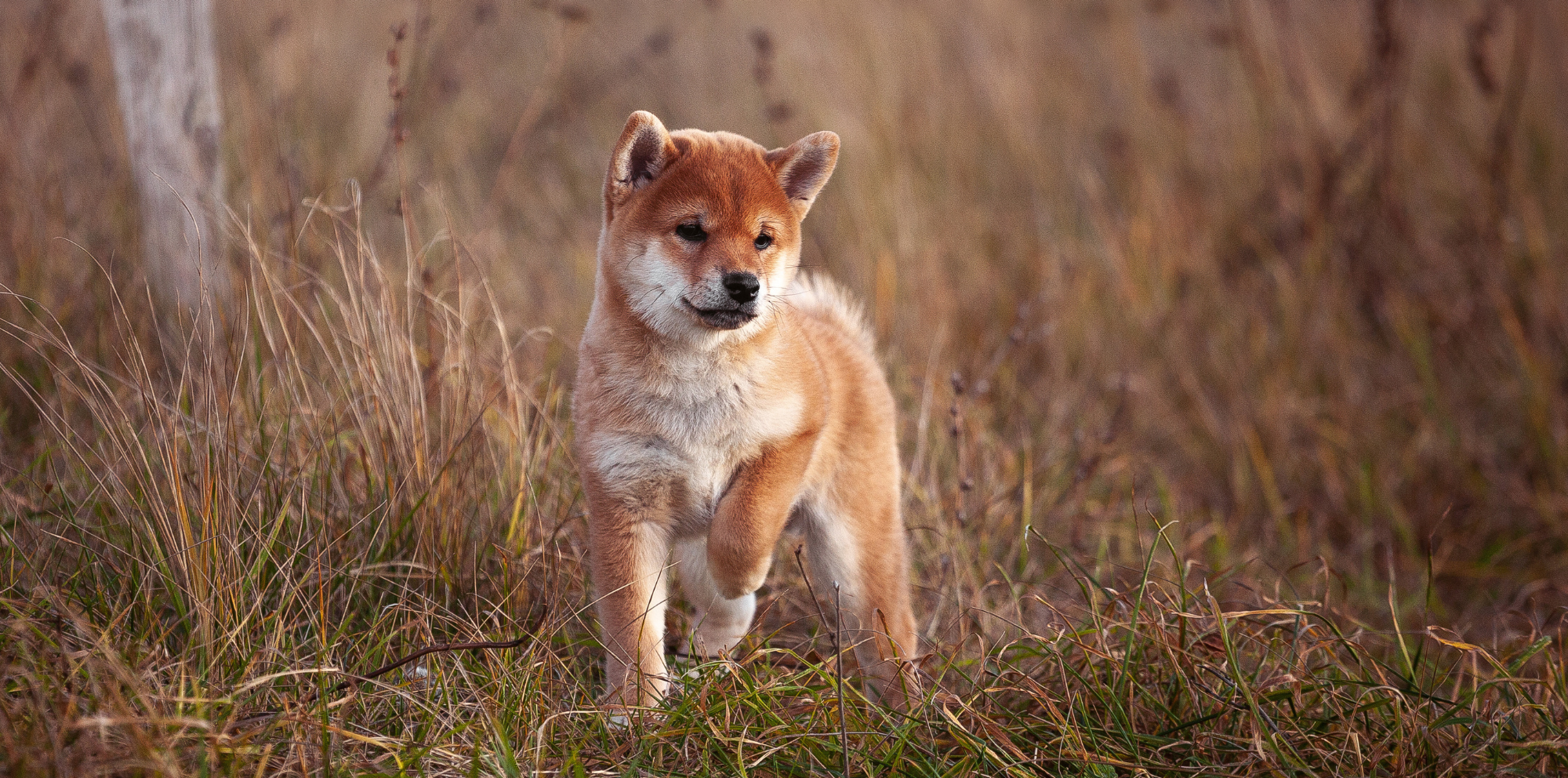

What to consider when choosing puppy food
Puppyhood is one of the most important stages in a dog's life, which largely determines the dog's future life. Quality food for a dog is important throughout its life, but especially during puppyhood, as choosing the right food is one of the prerequisites for the puppy's proper growth and development.
How not to get confused in the wide range of food options and what to pay attention to when choosing food for your puppy? Read about it in this article.
Age and size
The nutritional needs of puppies will vary depending on both their age and size. For example, large breeds need a diet that supports healthy bone development while not stimulating too rapid growth, as rapid growth in large dog breeds can lead to joint problems later in life. You can consult a veterinarian who specializes in animal nutrition for breed-specific nutritional needs.
Protein amount
Choose a food that is high in meat. The protein in meat plays an important role in your puppy's growth, muscle and organ development. If you choose to feed your puppy dry food, make sure that meat is the first ingredient and the meat source is clearly defined.
Feed quality
Pay attention to the composition of the feed. Avoid feeds that contain various fillers ( e.g. corn and soy), ingredients of undefined origin (e.g. “animal products/by-products”, “animal fat”), artificial colors, flavorings. Look for feed that clearly states its composition and nutritional value.
Specialized food for puppies
If you choose to feed your puppy dry food, look for food specifically designed for puppies, as the nutritional needs of a growing dog and an adult dog are different. For example, puppy food is usually richer in various nutrients, because due to the active growth processes, puppies need to consume more energy than adult dogs. The needs for various nutrients and vitamins also differ.
Easily digestible food
Puppies' digestive tracts are still developing, so it is especially important at this age to pay attention to food that is easily digestible. When starting to feed your puppy a new food, always monitor how his body reacts to it, as one food may not be suitable for everyone. If you change food, do it gradually, adding the new food to the usual food in parts.
Feeding frequency
Remember that puppies, especially very young ones, have different optimal feeding schedules. While healthy, adult dogs can be fed 1-2 times a day, puppies should be fed more often, but in smaller portions. The exact frequency of feeding will vary depending on the puppy's size, age, and other factors - to be sure you choose the most appropriate feeding schedule for your puppy, consult your veterinarian.
Amount of food consumed
It is important for the owner to monitor the amount of food consumed by the dog already at puppy age. An indicative amount of food to be consumed can usually be found on the food packaging, but it should be remembered that each dog's metabolism is individual and the amount of food should be adjusted to the needs of the specific dog, following the dog's condition. If you use the feeding guidelines found on the food packaging, make sure that they indicate information for puppies, not adult dogs, because the amount of food that adult dogs and puppies should consume is different!
The owner must keep an eye on how the dog is gaining weight, as various illnesses can often cause them to lose weight very quickly.
Also, considering that puppyhood is the time when most dog owners begin training their pets, it is worth keeping in mind that it is also necessary to monitor the amount of food fed during training - treats should also be counted in the daily food ration (reducing the amount of main portions accordingly) to avoid unwanted weight gain.



